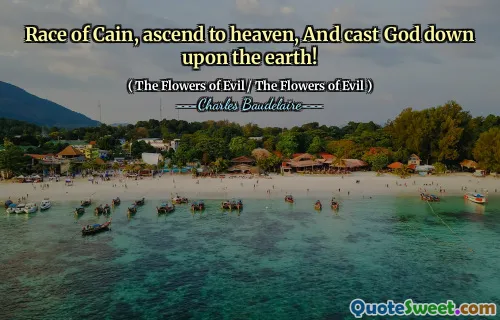All the green in the planted world consists of these whole, rounded chloroplasts wending their ways in water. If you analyze a molecule of chlorophyll itself, what you get is one hundred thirty-six atoms of hydrogen, carbon, oxygen, and nitrogen arranged in an exact and complex relationship around a central ring. At the ring's center is a single atom of magnesium. Now: If you remove the atom of magnesium and in its exact place put an atom of iron, you get a molecule of hemoglobin. The iron atom combines with all the other atoms to make red blood, the streaming red dots in the goldfish's tail.
In her book "Pilgrim at Tinker Creek," Annie Dillard explores the intricate relationship between chlorophyll, chloroplasts, and the foundation of life in the planted world. She describes chlorophyll as composed of a specific arrangement of hydrogen, carbon, oxygen, and nitrogen atoms, highlighting its essential role in photosynthesis and the vibrancy of plant life. The chloroplasts, which house these molecules, navigate through water, contributing to the lush greenery we observe in nature.
...




